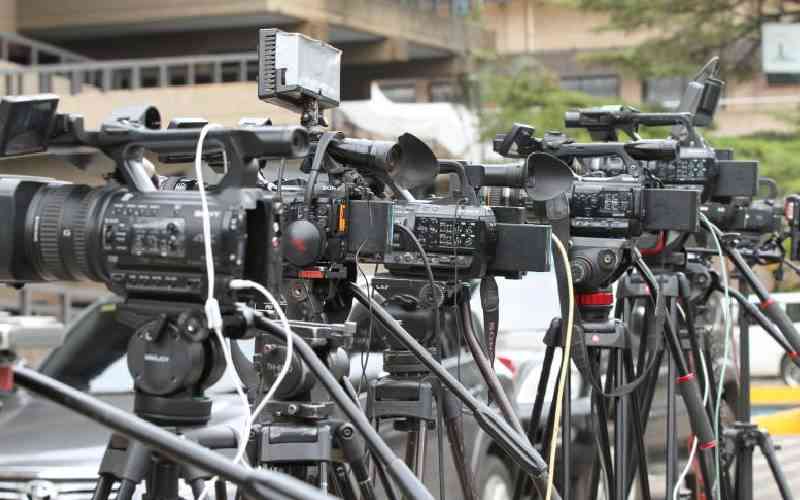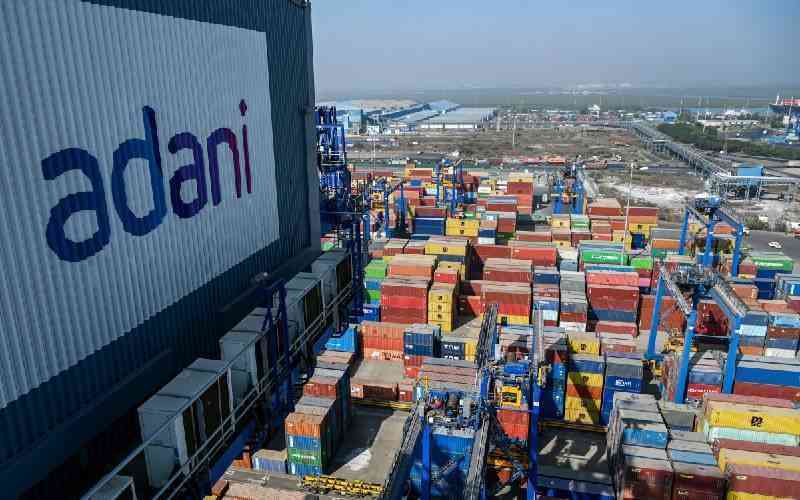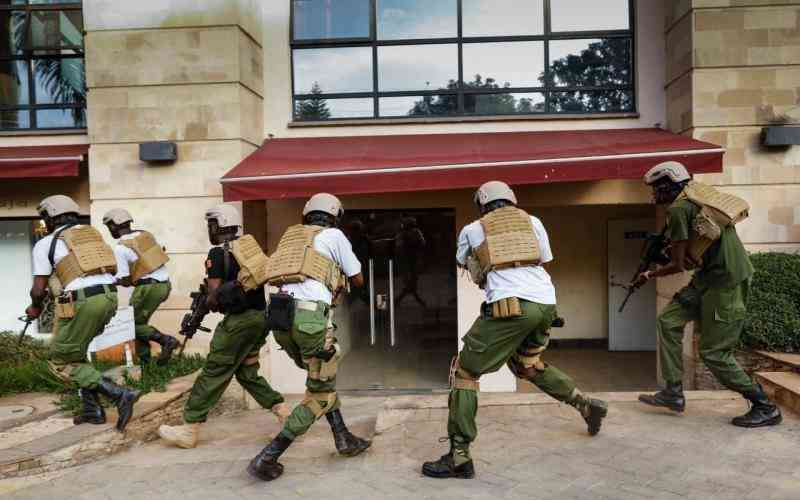
Kenyans no longer see journalists as passive players in politics but high-profile information sources and potent public opinion shapers. Journalists are first point of call when people are seeking information, especially on elections.
Since the turn of the millennium, the media has been under focus as debate rages over what it directly or indirectly contributes to democracy. This is why retrospection on the role of the industry ahead of the August General Election is on point.
The run up to the 2022 polls is already radiating a lot of heat, particularly on the presidential seat. With parties and coalitions having been cemented, the top seat remains the most hotly contested, with the stiffest competitions in Kenya’s history. The spread of fake news became a major factor and alternative source of information on elections. This calls for journalists to acquire the right skills to expose fake news, including political propaganda and aid in stopping the cycle of misinformation and disinformation, not only in their platforms but also on social media and face-to-face communication.
Recent reports on coverage of the ongoing campaigns done by the Media Council of Kenya (MCK) have shown marked improvement compared to the situation in 2017.
In the April-June MCK media monitoring report, Azimio La Umoja One-Kenya presidential candidate Raila Odinga was ahead of his competitor Kenya Kwanza coalition flagbearer William Ruto at 61.2 per cent and 38.2 per cent respectively. The analysis showed Roots Party candidate George Wajackoyah and his running mate got 0.54 per cent while Agano party’s David Mwaure had 0.02 per cent.
This has changed according to our latest figures where Dr Ruto’s publicity volumes stand at 46 per cent against Raila’s 45 per cent. Roots Party’s George Wajackoyah is third at 6 per cent while Agano Party’s David Mwaure received 3 per cent publicity. While improved adherence to journalistic ethics was reported in the first survey, the mismatch seen in allotment of space and airtime should not be ignored at face value. While Raila is historically a major newsmaker, he should not be seen to be the media’s presumptive preferred candidate.
Although the disproportionate coverage could be a result of various related and non-related factors, surveys on media behaviour during elections have seemed to read from one script. There is some degree of what some scholars call information distress among media houses.
The fear, however, is about perceptions media creates – sometimes without knowing - in their audience. Some resultant perceptions do not bode well for an industry already facing the challenge of fake news and trust deficit. The media should not influence elections through partial coverage. Despite enormous interference of media ownership on framing and coverage of political stories, journalists should stay true to their calling – objective, fair and balanced reporting. Politicians have in the past singled out certain media houses for biased reporting. Some candidates win elections because of name-recognition arising from media exposure while in some cases, voters shun good candidates due to lack of information.
More than before, the media should interrogate campaign issues and raise awareness around parties, manifestos and poll preparations.
The candidates should also package their issues competitively as opposed to the noise in rallies to make it easy for the media to cover them. It is critical that balance be achieved on all news content and journalism must embrace fact-checking as a primary value. Let everyone be given a chance to be heard.
The writer is CEO, Media Council of Kenya. [email protected]
 The Standard Group Plc is a
multi-media organization with investments in media platforms spanning newspaper
print operations, television, radio broadcasting, digital and online services. The
Standard Group is recognized as a leading multi-media house in Kenya with a key
influence in matters of national and international interest.
The Standard Group Plc is a
multi-media organization with investments in media platforms spanning newspaper
print operations, television, radio broadcasting, digital and online services. The
Standard Group is recognized as a leading multi-media house in Kenya with a key
influence in matters of national and international interest.
 The Standard Group Plc is a
multi-media organization with investments in media platforms spanning newspaper
print operations, television, radio broadcasting, digital and online services. The
Standard Group is recognized as a leading multi-media house in Kenya with a key
influence in matters of national and international interest.
The Standard Group Plc is a
multi-media organization with investments in media platforms spanning newspaper
print operations, television, radio broadcasting, digital and online services. The
Standard Group is recognized as a leading multi-media house in Kenya with a key
influence in matters of national and international interest.






